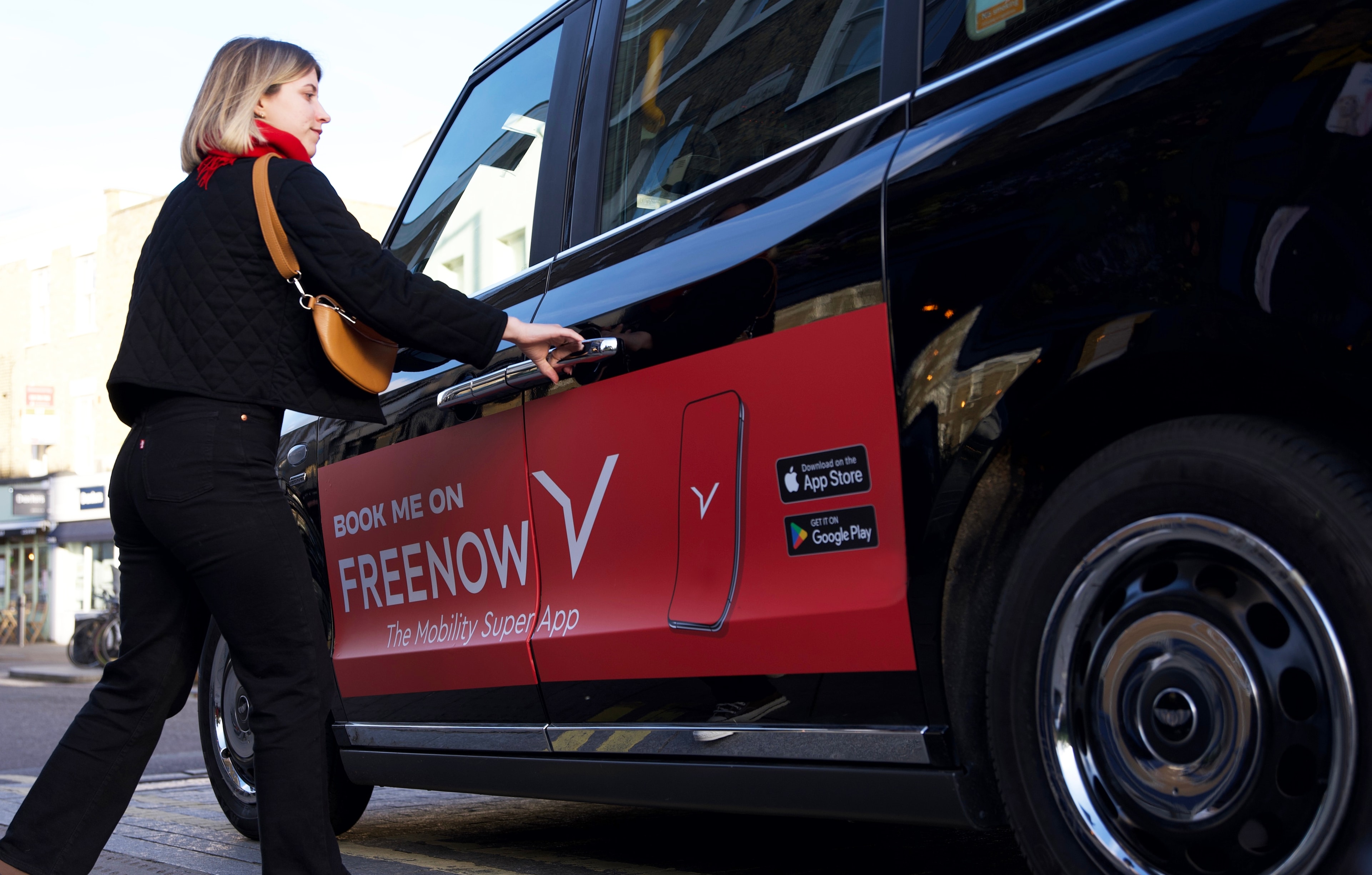Today’s business world is competitive and companies are constantly looking for that – sometimes elusive – edge that’ll set them apart from their competitors.
Savvy corporate leaders have realised that their employees often hold the key to this success and boardrooms ring with the words ‘engagement’ and ‘motivation’ as company leaders try to hammer out a winning strategy.
Undoubtedly, motivated employees catapult companies to achieve milestones beyond their goals. So, why exactly should companies be invested in keeping employees motivated? Keep reading to find out how to increase employee motivation at your company.
What is Employee Motivation?
So, imagine your team has a task to conquer. Well, motivation is that friendly nudge that says, “Hey, let's do this!” It's like a shot of espresso for your work ethic.
Motivation fires up your employees, making them run towards goals with a sprinter’s speed. Whether it’s the promise of a bonus or just loving what they do, motivation gets them in action mode. Watch out, though, it can be a bit like a firework – bright and fiery, but sometimes short-lived.
Employee motivation vs engagement
In previous articles, we’ve explored employee engagement in great depth, looking at what defines an engaged employee and strategies for keeping your workforce highly engaged. So, what’s the difference between motivation and engagement? Aren’t they essentially the same thing?
The simple answer is: “Yes and No”. They certainly go hand-in-hand. If motivation is like a firework, then engagement is like a cosy friendship that never fades. It’s the satisfying ‘click’ when puzzle pieces fit together perfectly.
Engaged employees don't just show up, they dive in, brainstorm and grow with the company. They're like the DJ at a party, keeping the beat going all night long. Unlike motivation, engagement is a marathon runner who’s in it for the long haul.
So, in this epic battle of employee motivation vs. engagement, who wins? Trick question: they both do! They're like Batman and Robin, stronger together. A dash of motivation kickstarts the adventure, then engagement keeps the adventure alive. With these two in your corner, you’ll be ready to conquer the market, one goal at a time!
Types of Motivation for Employees
In the tapestry of employee motivation strategies, two distinct threads weave together: intrinsic and extrinsic motivation – each with its own vibrant shades.
Intrinsic motivation is the fire that burns from within. It is the art of finding joy and fulfillment in the very act of doing. It’s the thrill of solving a challenge, the satisfaction of creative expression and the exhilaration of personal growth.
Extrinsic motivation is the dangling of external rewards. It’s the applause of recognition, the tangible bonuses and the promotions that keep us motivated on our journey.
Both of these strategies, though distinct, are not rivals but allies, working together to propel employees towards excellence. In putting together a strategy to boost employee motivation, you need to make sure you include elements that harness both intrinsic and extrinsic motivation factors.
If this thought makes you feel a little at sea – don’t worry! Many have gone before you in this quest and various ideas have been put forward to help you get a handle on what drives your employees’ motivation levels.
Motivation Theory for Employees
In an attempt to unlock the enigma of employee motivation, a great many theories have sprung up. These theories are the strategic blueprints that decode the intricate workings of what motivates individuals to excel and businesses to thrive. From primal needs to psychological triggers, they unravel the art of igniting passion and channelling it into a powerhouse of productivity.
Many different elements motivate us as individuals daily. Motivation theories explore the varied forces that drive and motivate individuals to work towards a particular outcome. These frameworks can help companies in their efforts to build a strategy for fostering a productive environment and in understanding the psychology behind their employees’ levels of motivation.
The six main motivation theories are:
Maslow’s Theory of Hierarchical Needs
Hertzberg’s Two-Factor Theory
McClelland’s Theory of Needs
Vroom’s Theory of Expectancy
McGregor’s Theory X and Theory Y
Alderfer’s ERG Theory
Here, though, we will just focus on the first one, Maslow’s Hierarchy of Needs.
Maslow's Hierarchy of Needs in the workplace
One of the most influential motivation theories to have been adapted for the workplace is Abraham Maslow’s Hierarchy of Needs. Maslow developed a 5-tier hierarchy of human needs.
It is usually depicted as a pyramid, in which the first steps must be satisfied before an individual can move upwards to the higher ones. In the workplace, these can be outlined in the following 5 hierarchical steps.
1. Physiological Needs
Provide fair wages and benefits to fulfil basic survival needs
Ensure a safe and comfortable working environment
Address physical needs like breaks, food and rest
2. Safety Needs
Establish job security and stability to reduce anxiety
Implement health and safety measures to create a secure atmosphere
Clear communication about job expectations and potential changes
3. Social Needs
Foster a collaborative and supportive work culture
Encourage team-building activities and open communication
Recognise and celebrate achievements to strengthen a sense of belonging
4. Esteem Needs
Provide opportunities for skill development and growth
Offer regular feedback and recognition for accomplishments
Offer promotions or career advancement pathways
5. Self-Actualisation
Encourage autonomy and ownership over tasks
Provide opportunities for creativity, innovation and decision-making
Support personal and professional development to help employees reach their full potential
Why is Employee Motivation Important for Companies?
Employee motivation isn't just a spark in the engine; it’s the turbocharge that propels companies into success. Fuelled by motivation, teams innovate, excel and conquer challenges with unwavering gusto. A motivated workforce isn't just an asset – it’s the secret ingredient that transforms businesses into brands.
Low motivation at work: impact on organisational performance
The impact of low motivation on organisational performance is a relentless spiral – a cascade of missed targets, dwindling innovation and increasing mediocrity. When motivation goes missing, so does the dynamism that drives success. It’s a harsh reality check that every drop in enthusiasm sends shockwaves through productivity, erodes teamwork and eats into profits. In the crucible of competition, ignoring the onset of low motivation is like building on the edge of an eroding cliff.
Causes of demotivation in the workplace
So, what are the main causes of demotivation in your teams?
It's the overlooked employee motivation factors that are to blame. Tedious tasks drain energy, unclear goals sow confusion and lack of appreciation dims spirits. When roles don't fit and growth stalls, motivation takes a nosedive. Tackling these culprits head-on is the jolt needed to recharge motivation and keep your teams on fire.
Some benefits of a motivated workforce
A motivated workforce is a driver for success. When your employees are motivated, they bring enthusiasm to their tasks, which in turn boosts your productivity. Their passion ignites creativity, sparking innovation and propelling the company forward.
Motivated teams communicate effectively, fostering cooperation and strong relationships. When they have a sense of purpose, employees are more likely to stick around, reducing turnover and recruitment costs. Ultimately, motivated employees will elevate the entire company, ensuring its resilience and competitive edge.
How to Improve Employee Motivation
So, you’re convinced of the need to motivate your employees, but how can you go about it? Since everyone is different, the same strategy isn’t going to work for everyone. It’s important to have a range of strategies and to make sure you engage with and listen to your employees.
There are assessment tools that can help you understand what makes particular employees tick and opportunities for feedback can provide useful insights. Better still, though, are managers who invest time in getting to know their teams. Whether it’s through individual performance review sessions, team building exercises or social events, they will get to understand the different personalities that make up their team and can work out how best to motivate them.
Keeping in mind, of course, the principles of building on solid foundations, as outlined earlier in the section on Maslow’s Hierarchy of Needs. Here are some key strategies you can follow to make sure your employees are fired up and ready to go.
Employee motivation strategies
Intrinsic Passion: Tapping into individual passions and aligning tasks with personal interests fuels a self-sustaining drive.
Recognition and Rewards: Acknowledgment, both verbal and tangible, cultivates a sense of achievement and belonging.
Skill Enrichment: Opportunities for skill growth and professional development ignite a hunger for mastery.
Clear Goals: Well-defined objectives provide a roadmap, fostering determination and a sense of purpose.
Collaborative Environment: A supportive team atmosphere kindles motivation, as camaraderie and shared goals thrive.
Autonomy: Granting ownership over tasks and decisions empowers employees to excel and innovate.
Flexible Work Culture: Balancing work and life enhances morale, amplifying dedication and output.
Purpose-Driven Mission: Connecting employees to a larger mission instils a sense of impact and significance.
Rewards for employee motivation
Rewards for employee motivation are the currency of appreciation, a way to celebrate dedication and effort. Tangible incentives like bonuses, promotions or gift cards offer a concrete pat on the back, recognising achievements and igniting ambition. Don’t be afraid to get creative with your rewards programme – while everyone appreciates extra money in their pay packet, there are fun ways to reward your employees that have all kinds of extra benefits.
Sporting events promote team building, health and fitness and can be a great way to encourage cohesion and a sense of belonging amongst your workforce at the same time as offering a change of scenery and an opportunity to have some fun together. All-in-all, a great way to foster your corporate identity and motivate your teams.
Games and competitions are another great way of motivating your staff and encouraging social cohesion. They can be integrated into the work day or they can also be opportunities to get away from the office and spend some quality time together. Managers could take their team to a local escape room or bowling alley one evening, the whole office could go on a treasure hunt, or you could organise a team building day at a local outdoor sports centre.
Mobility Budget: employees' health and wellbeing is a key factor in their motivation levels. Encouraging work-life balance and a healthy lifestyle can aid with this, but if you want to go one step further and provide a valuable tool that will motivate your staff, then FREENOW’S Mobility Budget is an excellent choice that can be tailored by sustainability of vehicles, or seniority of the employee.
Very few people live within walking distance of the places they need to get to regularly, and transport is getting increasingly more expensive, not to mention concerns relating to climate change. The Mobility Budget is a tangible benefit for your employees that will help them get where they need to go quickly and easily.
With the stress of commuting alleviated, your employees will be more motivated when they’re at work. And they’ll even be thinking of their employer with fondness as they grab a cab after a night out!
In the end, employee motivation isn't just a puzzle piece – it's the engine that drives the whole vehicle. When teams are revved up, companies steam ahead. Remember, a motivated workforce isn't a luxury, it’s the secret recipe for success. So, keep those sparks alive and watch your business light up the sky!
Find out more on how you can boost your HR strategy and keep employees motivated with Mobility Budget from FREENOW for Business.


